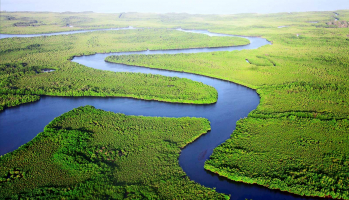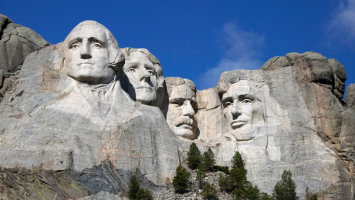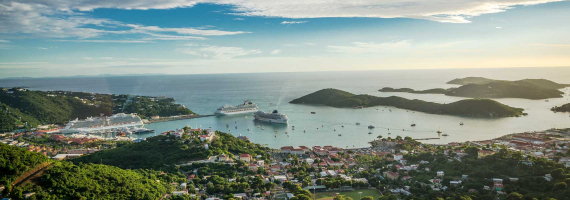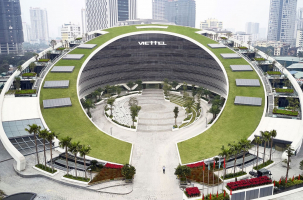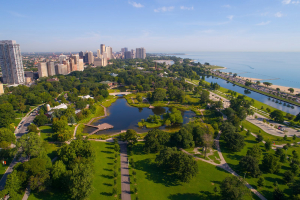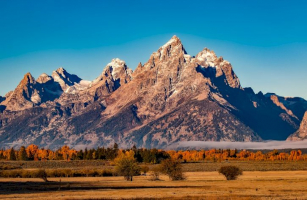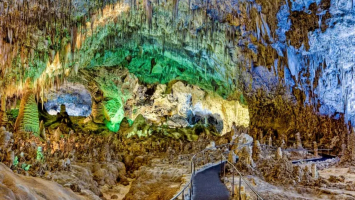Top 10 Most Patriotic Attractions In The United States
As summer kicks off, many Americans will be hit with the travel bug and looking to explore their own country. There are so many amazing places to see in the ... read more...U.S., but which ones are the most patriotic? To help you narrow your search, we’ve compiled a list of the top most patriotic attractions in the United States.
-
The Independence National Historical Park in Philadelphia is truly one of the most important landmarks in US history. It is home to both the Liberty Bell and Independence Hall – the location where both the Declaration of Independence and the United States Constitution were debated and adopted.
Visit Independence Hall, where the Declaration of Independence and the U.S. Constitution were signed. Take a tour and learn more about the Liberty Bell including the background story of its famous crack. Independence Building is built of red brick, Georgian style, designed by two architects Edmund Woolley and Andrew Hamilton. The building started construction in 1732 and was completed in 1753.
Because of its symbolic history, Independence Hall has been used in more recent times as a venue for speeches and protests in support of democratic and civil rights movements. Both the Declaration of Independence and US Constitution were penned and adopted at Independence Hall. Today a UNESCO Heritage Site, the building is a museum dedicated to the values the nation was founded on. Independence Hall is pictured on the back of the U.S. $100 bill, as well as the bicentennial Kennedy half dollar. The Assembly Room is pictured on the reverse of the U.S. two-dollar bill, from the original painting by John Trumbull entitled Declaration of Independence.
Location: Philadelphia, Pennsylvania
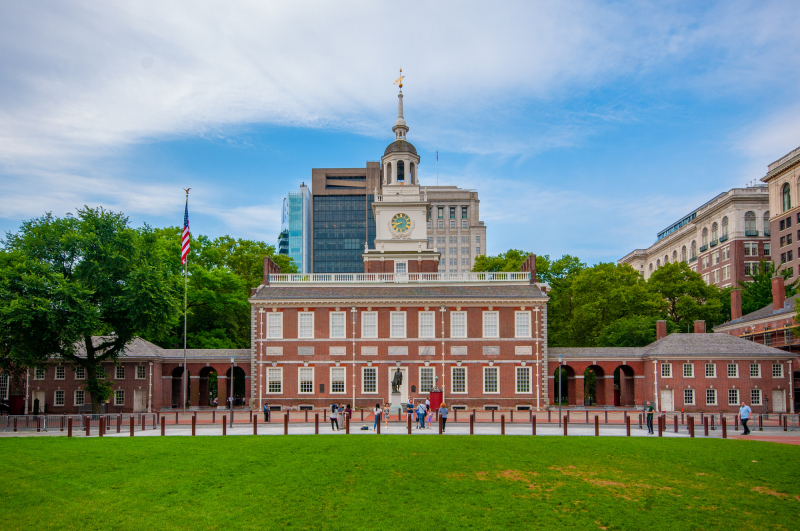
National Park Service 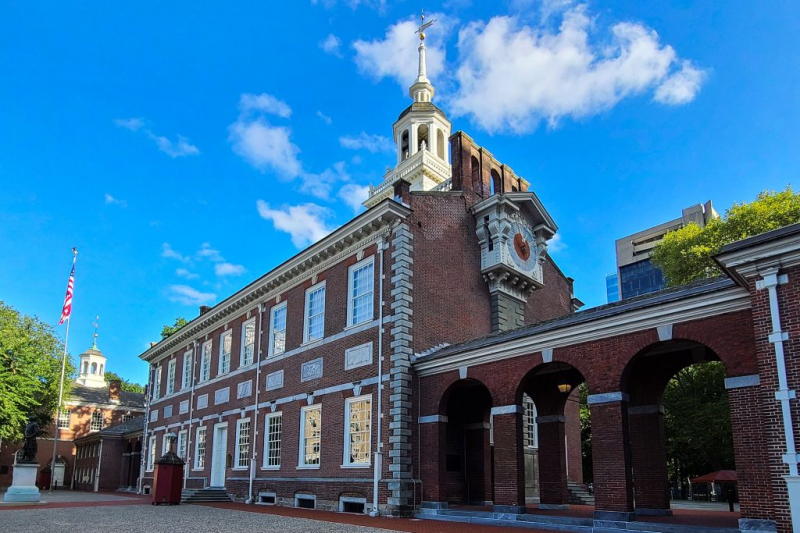
Billy Penn -
Located on Liberty Island in Manhattan, the statue was dedicated on October 28, 1886, as a gift to the United States from the people of France. It was given to celebrate the 100 years anniversary of the signing of the United States Declaration of Independence. The statue is an icon of freedom and the United States: a welcoming signal to immigrants from abroad. It is undoubtedly one of the most famous statues in the world and one of the best attractions for the American patriot.
The statue depicts Libertas, a robed Roman goddess of liberty. Her right hand is holding a flame over her head. As she advances, she leaves a broken shackle and chain at her feet as a tribute to the recent abolition of slavery in this country. Following its dedication, the statue rose to fame as a symbol of American freedom and openness to immigrants traveling by sea.Laboulaye suggested that the French finance the statue and the United States furnish the location and erect the pedestal in 1875 after the Franco-Prussian War had delayed development. Before the statue was entirely designed, Bartholdi finished the head and the arm holding the torch, and these parts were displayed for display at international expositions.
Location: New York City
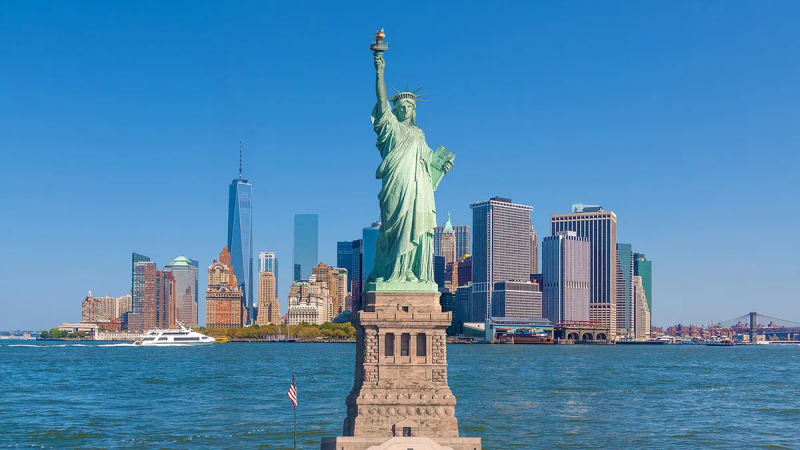
Fox News 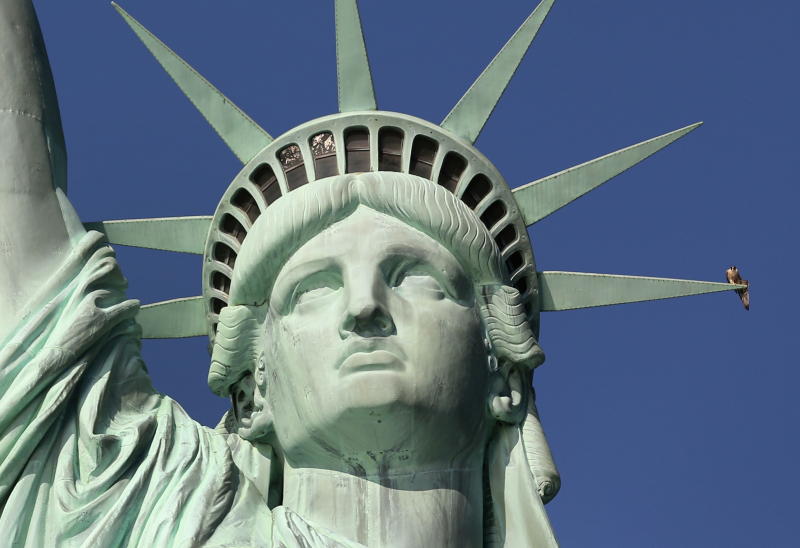
CNN -
The Freedom Trail is a 2.5 miles long (4 km) path that passes through 16 locations with high significance to US history (graveyards, notable churches and buildings, and more). The trail and the stops are marked with large bricks and walking down the path is a popular attraction in Boston. The trail starts at the Boston Common and ends at the USS Constitution. Stops along the trail include simple explanatory ground markers, graveyards, notable churches and buildings, and a historic naval frigate. Stops include Fanueil Hall (pictured), where protestors planned acts of rebellion against the British army before the war, and Granary Burying Ground, a cemetery that’s the final resting place of patriots like Samuel Adams, Paul Revere, and John Hancock.
The Freedom Trail was conceived by local journalist William Schofield, who in 1951 suggested building a pedestrian trail to link important local landmarks. Boston mayor John Hynes decided to put Schofield's idea into action. By 1953, 40,000 people were walking the trail annually.
Location: Through Boston, Massachusetts
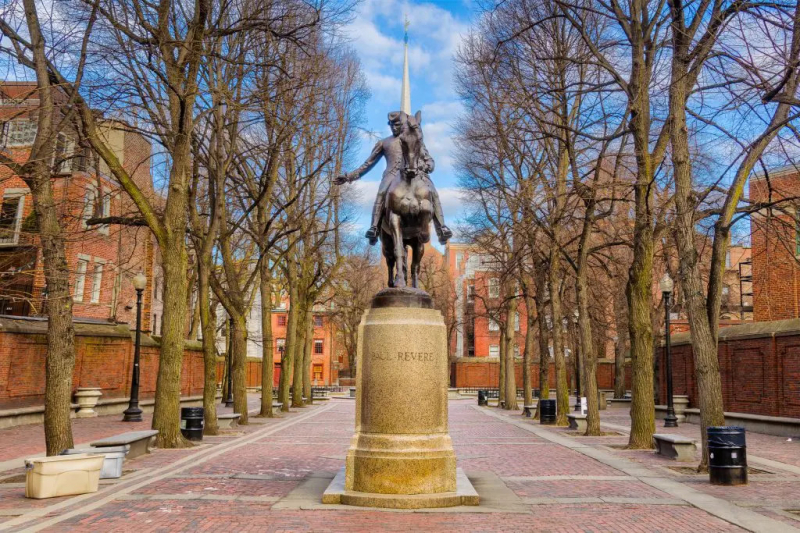
Action Tour Guide 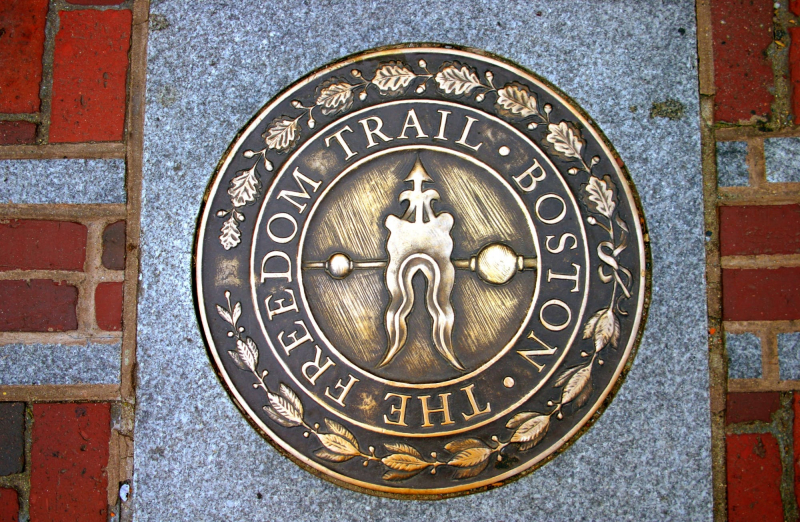
Musement -
Set along the coast of Baltimore, Maryland, Fort McHenry has been an important fortress since its construction in the 1700s. The fort's design and architecture are worth a visit, but the whole place is imbued with history. During the War of 1812, Baltimore ended up being the site of several battles and lookout points, thanks to its proximity to Washington, D.C. (which had been named the nation’s capital only 20-odd years earlier). This stronghold in the city’s southeastern corner played a significant role during the Battle of Baltimore in 1814: Not only did American forces hold off a British invasion of the harbor, but it also served as the inspiration for “Defence of Fort M’Henry,” a poem written by Francis Scott Key, which was later set to the tune "To Anacreon in Heaven" and became known as "The Star-Spangled Banner", the national anthem of the United States.
The fort has developed into a popular tourist destination and a center of recreation for the people of Baltimore. Each year, thousands of tourists go to the "Birthplace of the Star-Spangled Banner." It is conveniently reachable via a water taxi from Baltimore's well-known Inner Harbor. The National Park Service does not, however, allow users of the water taxi to return to the Inner Harbor unless they first used it to get to the monument in order to avoid exploitation of the parking areas at the Fort.
Location: Baltimore, Maryland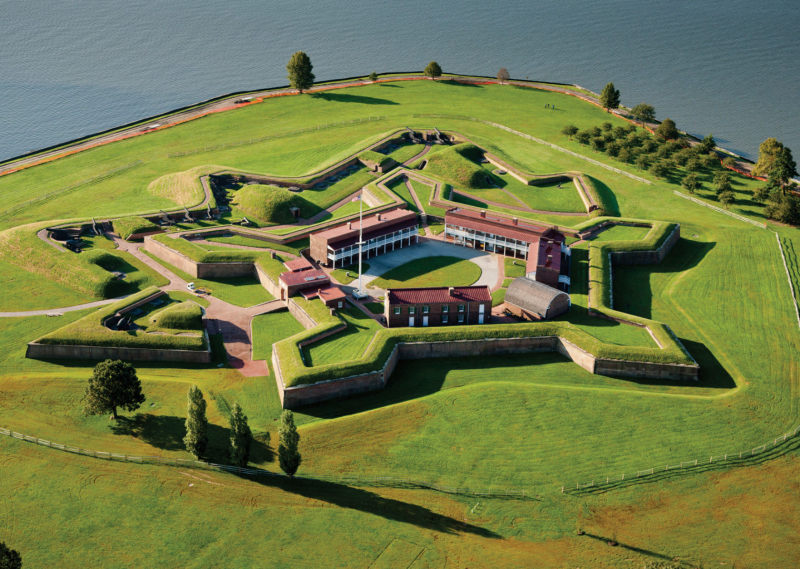
Visit Baltimore 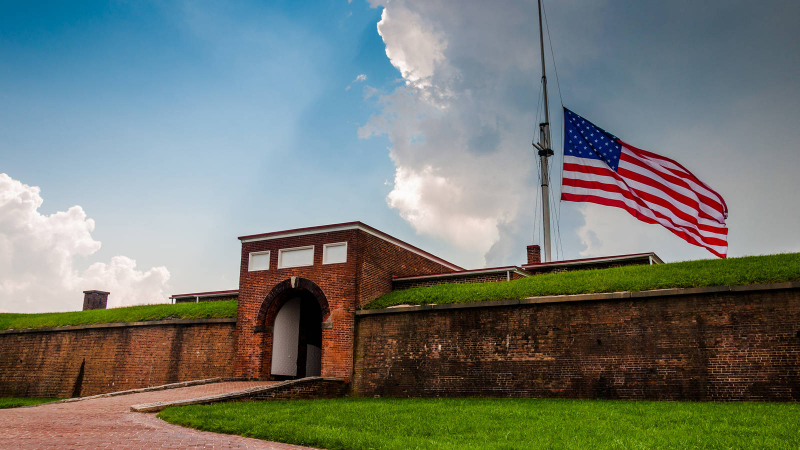
National Parks Conservation Association -
As the hallowed home of America's pastime, the National Baseball Hall of Fame and Museum highlights the Cooperstown experience, as every fan's 'Field of Dreams.' If you want to get a sense of the history of this iconic American sport, visit the National Baseball Hall of Fame. From legends like Babe Ruth and Jackie Robinson to modern record breakers like Derek Jeter, the museum is a trip through American recreation.
The Hall of Fame and Museum, an independent, nonprofit educational organization, cultivates a profound appreciation of baseball and its significance in history through interactive exhibitions and unique events. Experience Cooperstown's magic whenever you go.
The Plaque Gallery, home to all 340 bronze plaques celebrating the accomplishments of Hall of Fame members, is the gem of the National Baseball Hall of Fame and Museum. There is a lot to explore, with more than 60,000 square feet of exhibit space showcasing innumerable artifacts from baseball's illustrious past.
Location: Cooperstown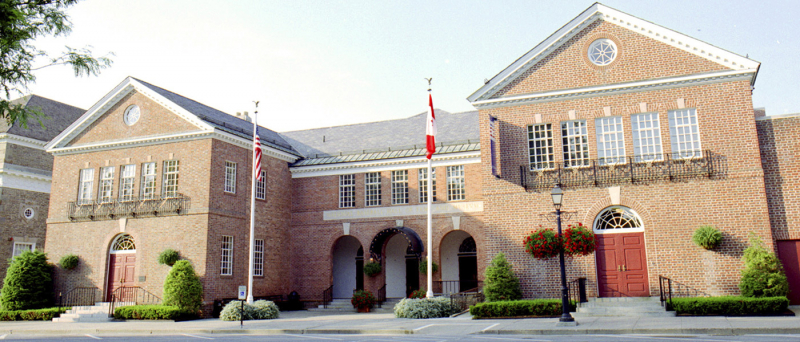
McCarthy Building Companies 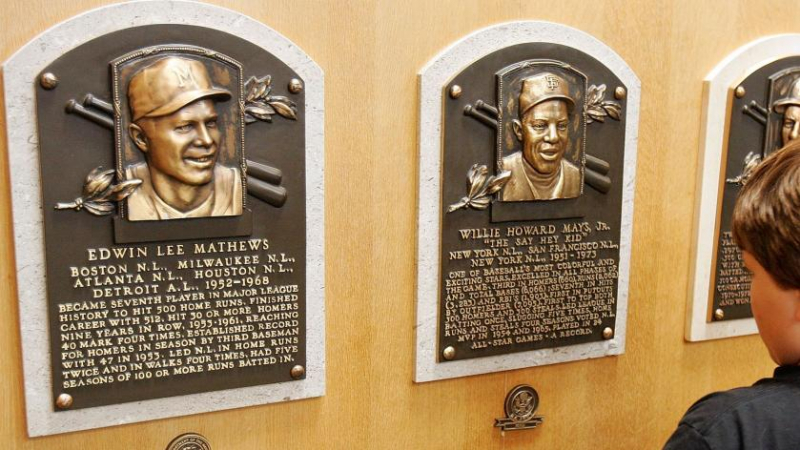
NBC Sports -
The Mount Rushmore National Memorial is a sculpture carved into the granite face of Mount Rushmore. It features 60 ft (18 m) sculptures of the heads of four United States presidents: George Washington, Thomas Jefferson, Theodore Roosevelt, and Abraham Lincoln. Construction of the statue began in 1927 and ended ultimately in 1941. This excellent patriotic work attracts more than 2 million visitors every year.
South Dakota state historian Doane Robinson is said to have come up with the idea of creating portraits of famous people in the Black Hills region of South Dakota to promote tourism in the region. Robinson originally wanted to sculpt the statue in the Needles; however, Gutzon Borglum disagreed and chose the larger mountain area, Mount Rushmore. Borglum also decided to sculpt statues related to the country and chose portraits of four presidents to carve into the mountain. After securing federal funding, construction of the memorial began in 1927, and portraits of the four presidents were completed between 1934 and 1939. Although the original idea was to sculpt the four presidents from head to waist, due to lack of funds, the carving work ended in 1941.
Location: South Dakota
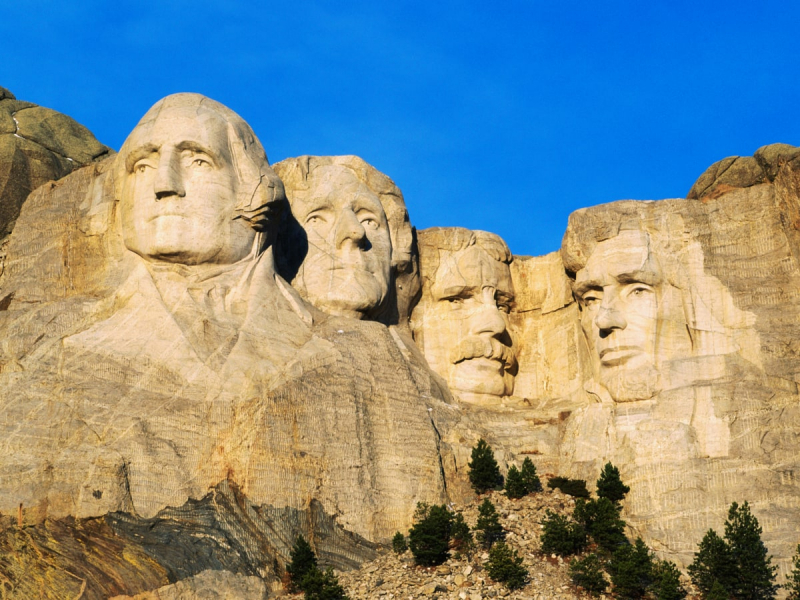
www.history.com 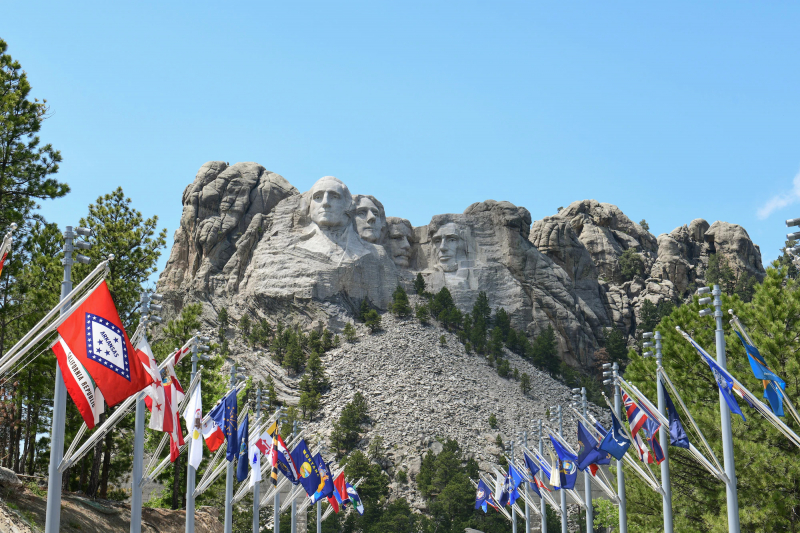
F.E. Warren Air Force Base -
The legislative branch of the United States federal government, officially known as the United States Congress, is housed at the United States Capitol, sometimes known as The Capitol or the Capitol Building. At the eastern end of the National Mall in Washington, D.C., it is situated on Capitol Hill. The Capitol still serves as the starting point for the area's street addressing system and its four quadrants even though it is no longer physically located in the center of the federal district.
The Capitol and Capitol Hill's grounds have hosted important occasions, including the presidential inaugurations that take place every four years. The front of the Capitol is furnished with a platform and a stately stairway during an inauguration. Annual events at the Capitol include Independence Day celebrations, and the National Memorial Day Concert.
The general public has paid respect to a number of individuals lying in state at the Capitol, including numerous former presidents, senators, and other officials. Other Americans lying in honor include Officers Jacob Chestnut and John Gibson, the two officers killed in the 1998 shooting incident. The public also paid respect to Rosa Parks, an icon of the civil rights movement, at the Capitol in 2005. She was the first woman and second African American to lie in honor in the Capitol. In February 2018, the evangelical Rev. Billy Graham became the fourth private citizen to lie in honor in the Rotunda.Location: Washington DC
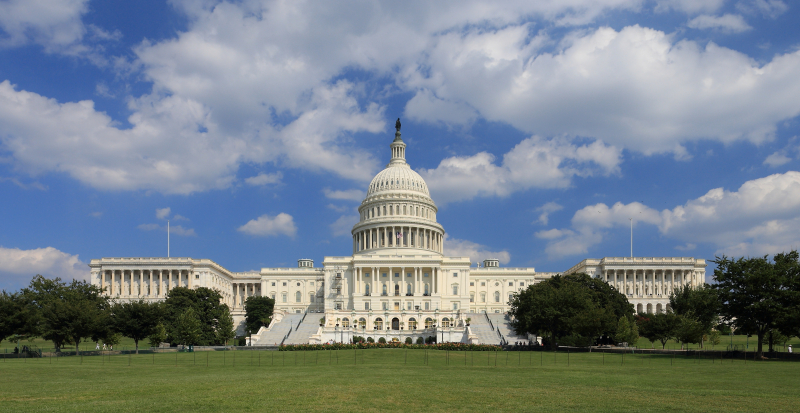
Wikipedia 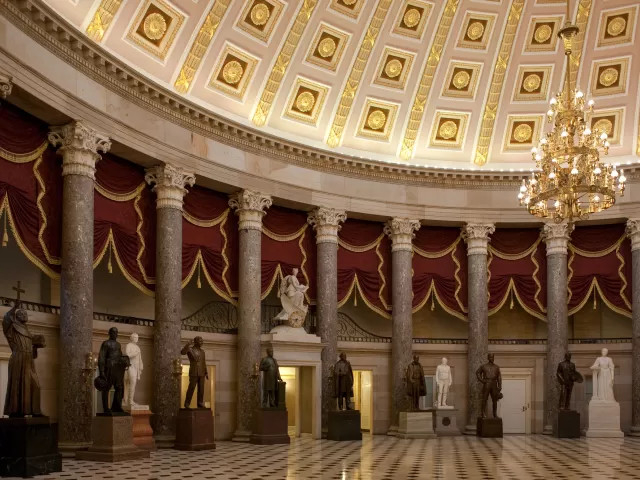
Architect of the Capitol -
Between the Capitol and the Lincoln Memorial, in the middle of the National Mall, is the Washington Monument. The political and military leadership of George Washington was crucial to the formation of the United States. He brought together Americans from thirteen different states as the head of the Continental Army, defeating Britain's greater armed force. Washington's outstanding leadership set the bar for all presidents who came after him as the nation's first leader. The Washington Monument stands as a magnificent reminder of George Washington's glory over the city that bears his name.
Built-in the shape of an Egyptian obelisk, evoking the timelessness of ancient civilizations, the Washington Monument embodies the awe, respect, and gratitude the nation felt for its most essential Founding Father. Standing just over 555 feet (169.294 meters) tall, the Washington Monument is the world’s tallest obelisk as well as the world’s tallest stone structure. Like many modern obelisks, it is not monolithic but rather composed of marble, granite, and bluestone gneiss. Construction began in 1848 and was completed only in 1884. It is one of the most recognized symbols of Washington and even the United States.
Location: Washington DC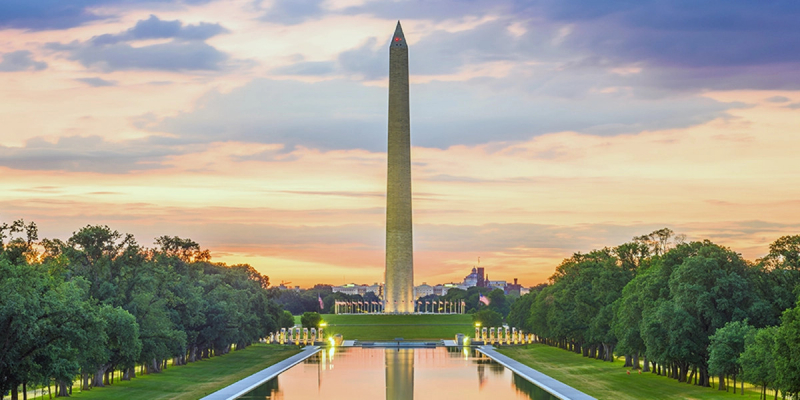
Aleteia 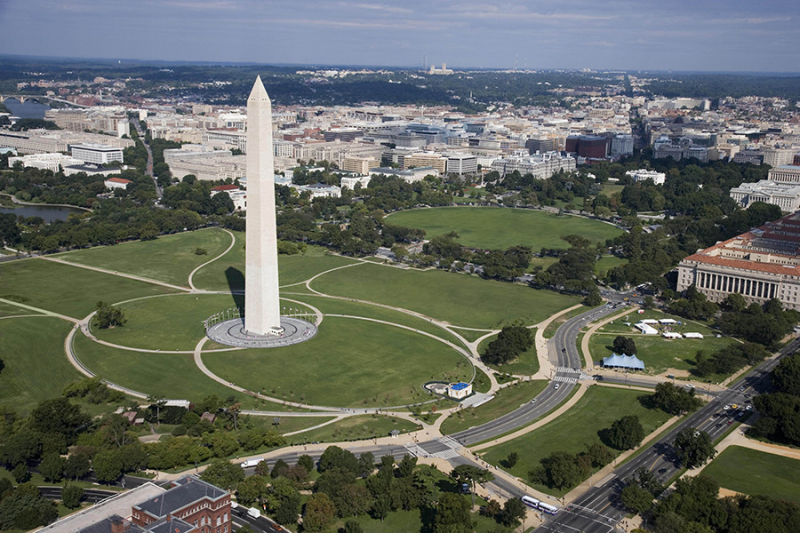
Olin Studio -
Arlington National Cemetery, the most famous cemetery in the country, is the final resting place for many of our nation’s greatest heroes, including more than 300,000 veterans of every American conflict, from the Revolutionary War to Iraq and Afghanistan. Since its founding in 1866, Arlington National Cemetery has provided a solemn place to reflect upon the sacrifices made by the men and women of the United States Armed Forces in the name of our country.
The cemetery's location was formerly Arlington House, the home of Mary Lee Fitzhugh and George Washington Parke Custis, who was George Washington's adopted grandson. Custis chose George Hadfield, an English architect, to create his residence on a hill overlooking Washington. The cemetery's curving lanes follow the terrain's natural topography, and most of the grounds are naturally planted. However, a few significant lanes are bordered with trees, especially in the southeast quadrant of the grounds. Monuments are erected on prominent hills all across the cemetery, and many of them serve as visual and symbolic connections to Washington, DC, which is situated over the Potomac River.
Location: Virginia
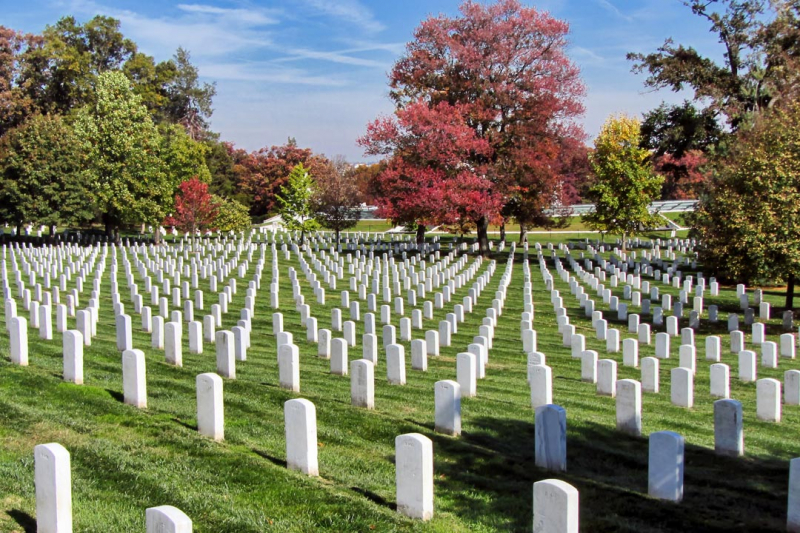
stayVA 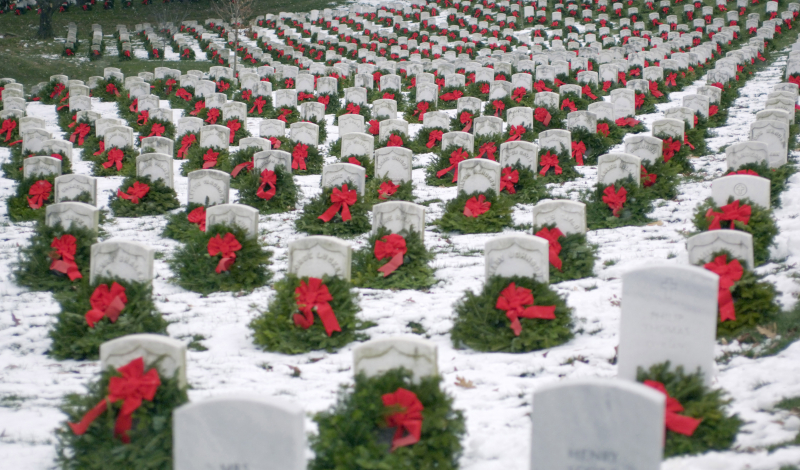
Wikivoyage -
The National Archives Building is home to the most important documents in American history, including the original copies of the Declaration of Independence, the Constitution, and the Bill of Rights. It is located north of the National Mall at 700 Pennsylvania Avenue, Northwest, Washington, D.C.
The building hosts additional important American historical items, including the Articles of Confederation, the Louisiana Purchase Treaty, the Emancipation Proclamation, and collections of photography and other historically and culturally significant American artifacts. An original version of the 1297 Magna Carta confirmed by Edward I is an internationally historical document also on display.
The National Archives has various divisions, each of which has a specific function in shedding light on American history through significant documents. There are no queues to view the different Charters of Freedom once inside the Rotunda; visitors can go freely from one document to the next. It is not permissible to take photos within the National Archives Museum. In research rooms, photography using natural light is authorized.
Location: Washington DC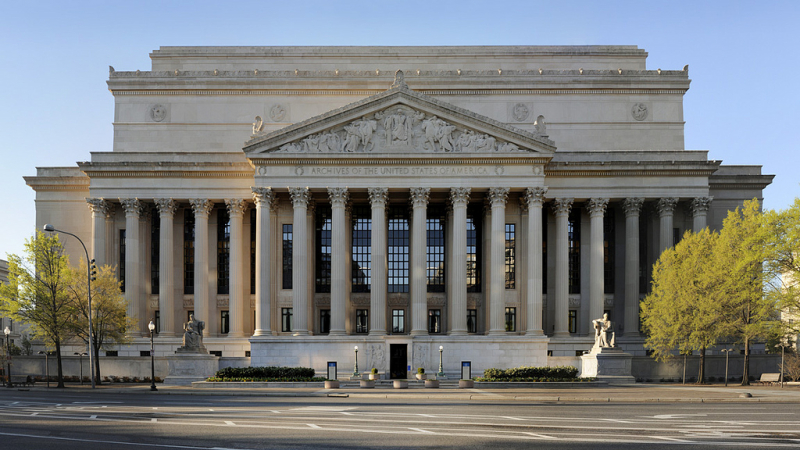
National Archives | 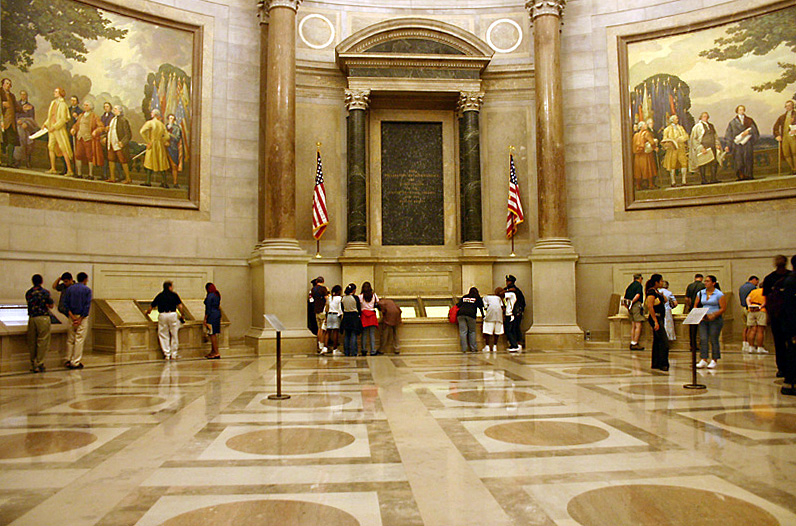
Constitution facts












